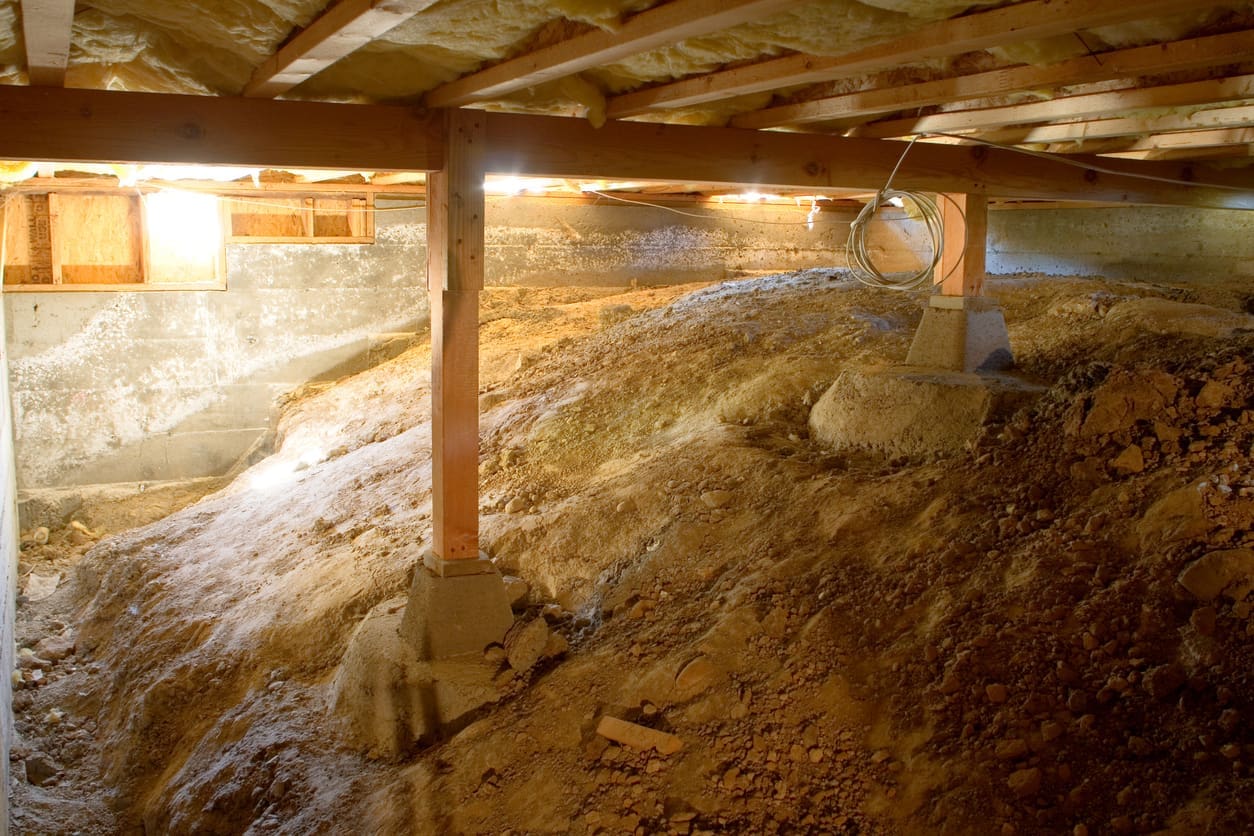Resources
Best Practices for Insulating a Dirt Crawl Space

When it comes to maintaining the structural integrity and comfort of your home, few areas demand attention quite like the crawl space. Particularly, a dirt crawl space presents unique challenges and opportunities for homeowners. Insulating this often-neglected area can drastically improve your home’s energy efficiency, prevent moisture problems, and even enhance indoor air quality. Below, we explore best practices for insulating a crawl space with a dirt floor, ensuring you can tackle this project with confidence.
Understanding the Importance of Crawl Space Insulation
Before diving into the “how,” it’s crucial to understand the “why.” Insulating your crawl space serves multiple vital purposes. Primarily, it helps in maintaining a consistent indoor temperature, reducing the load on your heating and cooling systems. This not only saves you money on energy bills but also extends the lifespan of your HVAC system. Additionally, proper insulation helps to prevent moisture from seeping into your home, which can lead to mold growth, wood rot, and a host of other issues.
Choosing the Right Insulation for a Dirt Crawl Space
Selecting the best insulation for a crawl space with a dirt floor is pivotal. The right material can block moisture and create a barrier that maintains the home’s thermal envelope. Here are some common insulation types used in crawl spaces:
Fiberglass Batt Insulation
This is a traditional insulation material that’s relatively inexpensive and easy to install. However, when used in crawl spaces, fiberglass must be properly encapsulated to prevent it from absorbing moisture and becoming a breeding ground for mold.
Rigid Foam Board
Rigid foam insulation is excellent for covering walls and the underside of floors. It’s impervious to moisture, which makes it an ideal choice for dirt crawl spaces. It can be cut to fit snugly between joists and against walls, providing an uninterrupted thermal barrier.
Spray Foam Insulation
Spray foam offers superb air sealing properties, which can be beneficial in preventing energy loss. It adheres well to most surfaces and expands to fill gaps, providing both insulation and moisture control in one solution.
Steps to Insulate a Dirt Crawl Space
Step 1: Prepare the Crawl Space
Before installing any insulation, clear the crawl space of debris and address any existing moisture or pest issues. It’s essential to ensure the area is dry; consider installing a crawl space vapor barrier on the dirt floor to prevent moisture from the ground from affecting the insulation.
Step 2: Insulate the Walls
Begin by insulating the crawl space walls rather than the ceiling. This approach helps to encapsulate the area, maintaining a controlled environment that extends to the floor above. Rigid foam boards or closed-cell spray foam are often recommended for their moisture-resistant properties.
Step 3: Seal All Gaps
Use caulk or spray foam to seal gaps around pipes, vents, and any areas where outdoor air might enter. This sealing is crucial in maintaining the effectiveness of your insulation and preventing energy losses.
Step 4: Consider a Crawl Space Dehumidifier
In regions with high humidity, installing a dehumidifier in the crawl space can help maintain optimal humidity levels, protecting your insulation and structural components from moisture damage.
Regular Maintenance and Inspection
Once your crawl space is insulated, regular inspections are necessary to ensure the integrity of the insulation remains intact. Look for signs of moisture, pest infestations, or mold growth, and address these issues promptly to maintain the health and efficiency of your home.
Benefits of Professional Installation
While DIY projects can be tempting, professional installation ensures that the insulation is applied correctly and efficiently. Experts in crawl space insulation understand the nuances of how to insulate a crawl space with a dirt floor effectively, ensuring that all materials are installed to maximize their benefits and that your home remains safe and comfortable.
Conclusion
Insulating a dirt crawl space is not just a step towards energy efficiency; it’s a proactive measure against potential home maintenance nightmares like mold and structural damage. By following these best practices, you ensure that your home remains warm in the winter, cool in the summer, and dry all year round.
For all your basement and crawl space needs, including professional insulation and waterproofing, trust Michigan Basements. Our team of experts is ready to help you enhance the comfort and safety of your home. Contact Michigan Basements today to ensure your home stands strong against the elements and energy losses.


